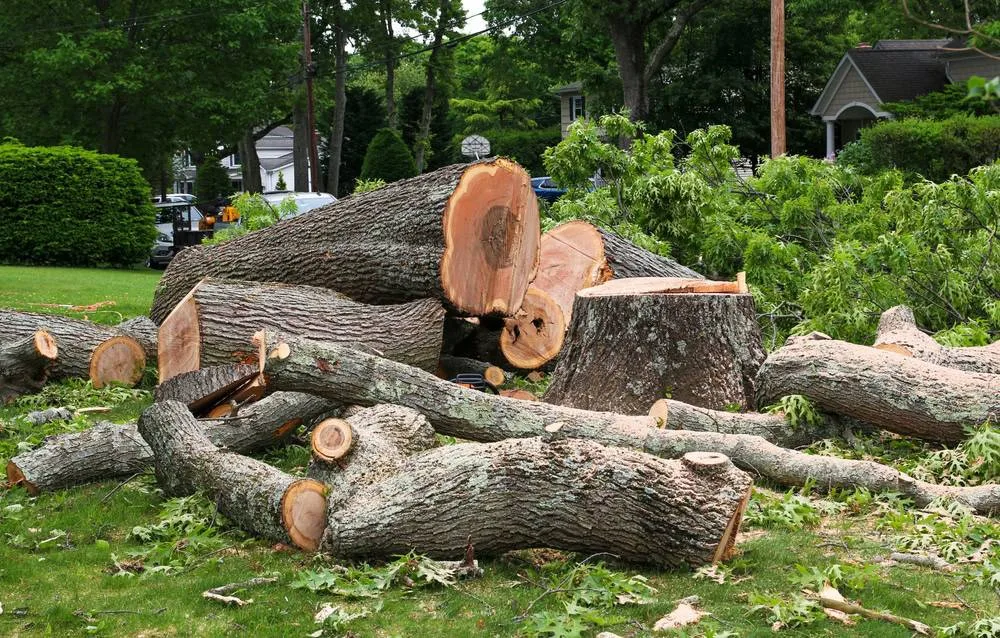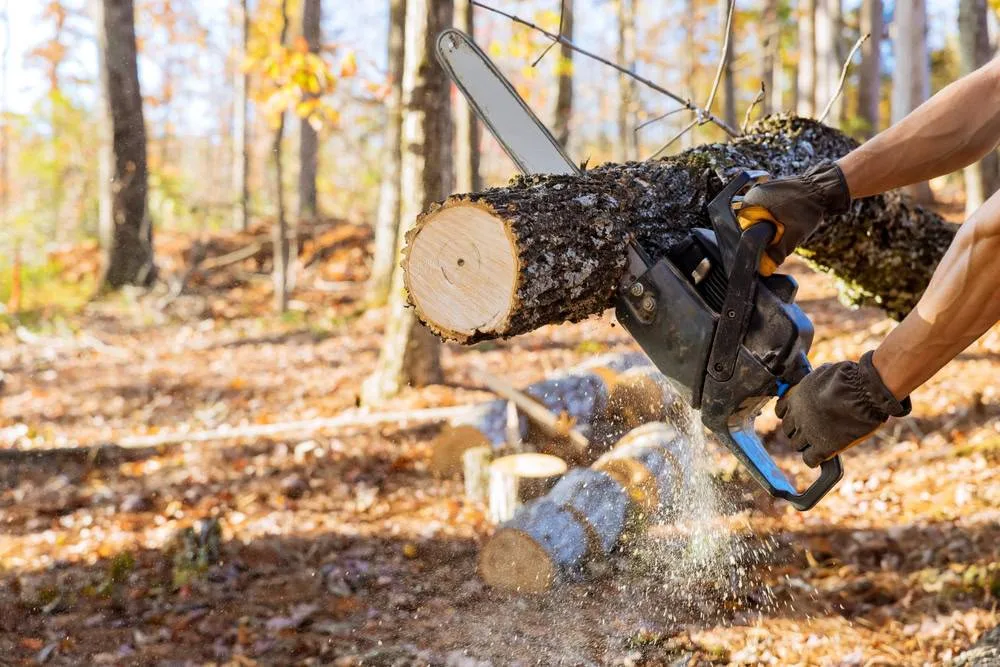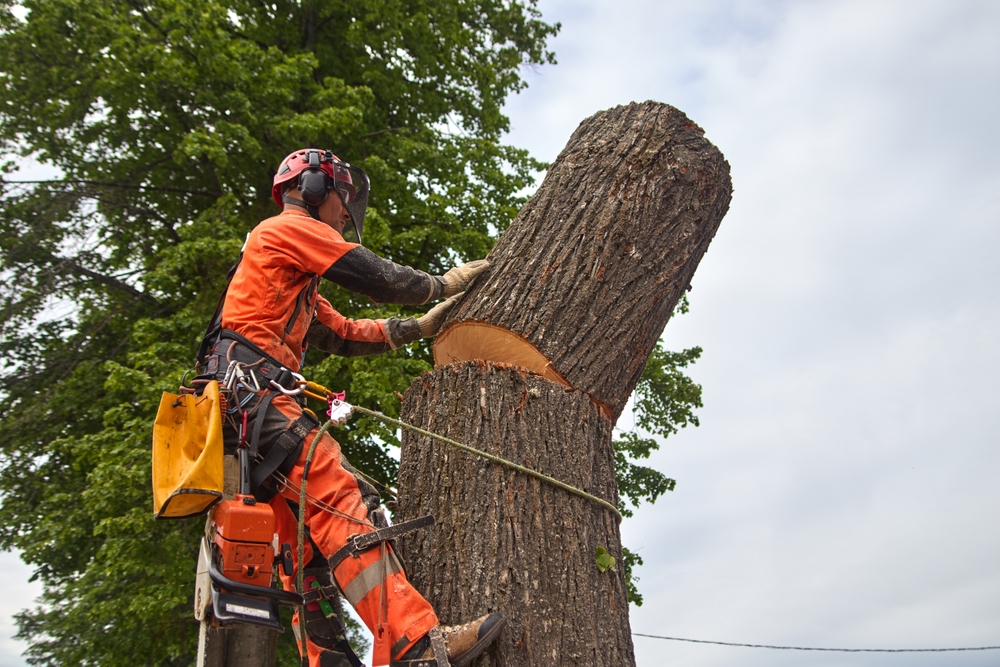Tree Removal in Halesite, NY
Safe Tree Removal Done Right
Licensed arborists remove dangerous trees without damaging your property or breaking your budget.

Hear from Our Customers

Professional Tree Service Halesite
That tree leaning toward your house isn’t getting safer with time. Every storm brings more risk, and every day you wait is another day wondering if tonight’s the night it comes down on its own terms.
Professional tree removal means you control when and how it happens. No surprise crashes through your roof. No emergency calls to your insurance company. No wondering if your family is safe.
You get your view back, your peace of mind restored, and your property value protected. The dangerous tree is gone, the cleanup is complete, and you can stop worrying about what might happen during the next big storm.
Halesite Tree Removal Company
Green Light Tree Services has been handling tree removal throughout Long Island for years. We understand how Long Island weather affects local tree species and know which trees become problems before they become disasters.
Every crew member is trained in proper removal techniques and safety protocols. We carry full insurance coverage because tree removal involves real risks that require real protection.
We serve Halesite and surrounding communities with the same straightforward approach: assess the situation honestly, quote the job fairly, and complete the work safely.

Tree Removal Process Halesite
First, a certified arborist evaluates your tree and explains exactly what needs to happen. You’ll know if the tree can be saved, if removal is necessary, and what the process involves. No guessing, no surprises.
Next, our crew arrives with proper equipment to safely remove the tree in sections. We protect your landscaping, your structures, and your neighbor’s property throughout the process. Every cut is planned and controlled.
Finally, complete cleanup happens before we leave. All debris gets hauled away, and your property looks better than when we arrived. If you want stump removal, that happens too. You’re left with a safe property and one less thing to worry about.

Ready to get started?
Complete Tree Removal Services
Tree removal includes complete debris removal and cleanup. No piles of branches left for you to deal with. No extra fees for hauling away the wood. The job isn’t finished until your property is clean.
Emergency tree service is available when storms hit or dangerous situations develop. Halesite’s mature trees and Long Island’s weather patterns create situations that can’t wait for regular business hours.
Stump grinding eliminates the remaining eyesore and prevents new growth from sprouting. The area gets restored to grade level, ready for new landscaping or simply easier to maintain.
